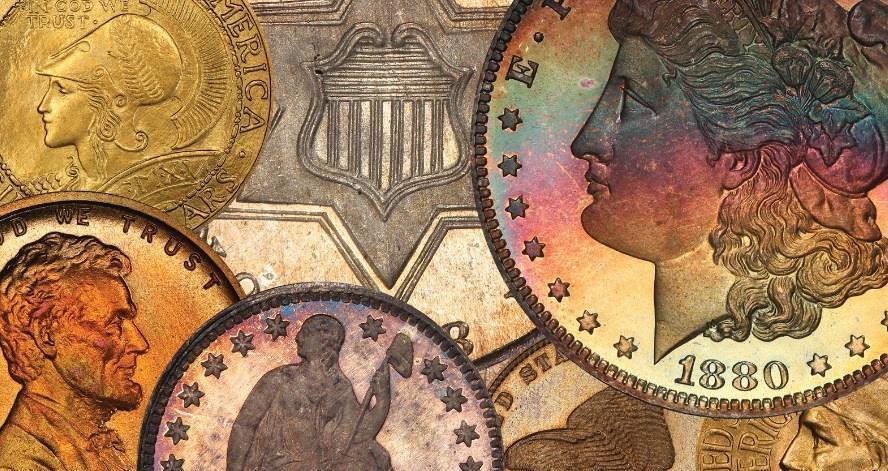Exploring the Cultural Significance of the Vatican's 50 Centesimi
Coin

Nestled within the heart of Rome lies the Vatican City, the smallest independent state in the world and the spiritual center of the Catholic Church. While known primarily for its religious significance, the Vatican also boasts a rich numismatic tradition, with its own series of coins that reflect its unique cultural heritage. Among these treasures is the 50 centesimi coin, a small yet symbolic piece of currency that holds profound significance within the world of numismatics.
A Glimpse into Papal History
The 50 centesimi coin from the Vatican serves as a tangible link to the rich history and tradition of the Papacy. On its obverse side, it often features the portrait of the reigning Pope, a powerful symbol of spiritual leadership and continuity within the Catholic Church. Surrounding the portrait, inscriptions in Latin or Italian may convey messages of faith, unity, or commemoration, underscoring the coin's significance within the broader context of Papal history.
Symbols of Spiritual Authority
On the reverse side of the coin, one may find depictions of iconic symbols associated with the Vatican and the Catholic Church. These could include the Papal tiara, the keys of St. Peter, or the Basilica of St. Peter, each carrying profound spiritual and historical significance. Through these symbols, the 50 centesimi coin serves as a visual
representation of the Vatican's central role in the Catholic faith and its enduring legacy as a beacon of spiritual authority.
Cultural Heritage and Collectors' Appeal
While the Vatican's coins are not intended for widespread circulation, they hold immense value for collectors and numismatic enthusiasts worldwide. The 50 centesimi coin, with its unique designs and limited mintage, is particularly sought after by collectors who appreciate its cultural significance and historical importance. Beyond its monetary value, the coin serves as a tangible artifact of the Vatican's rich cultural heritage, offering a glimpse into centuries of Papal history and tradition.
